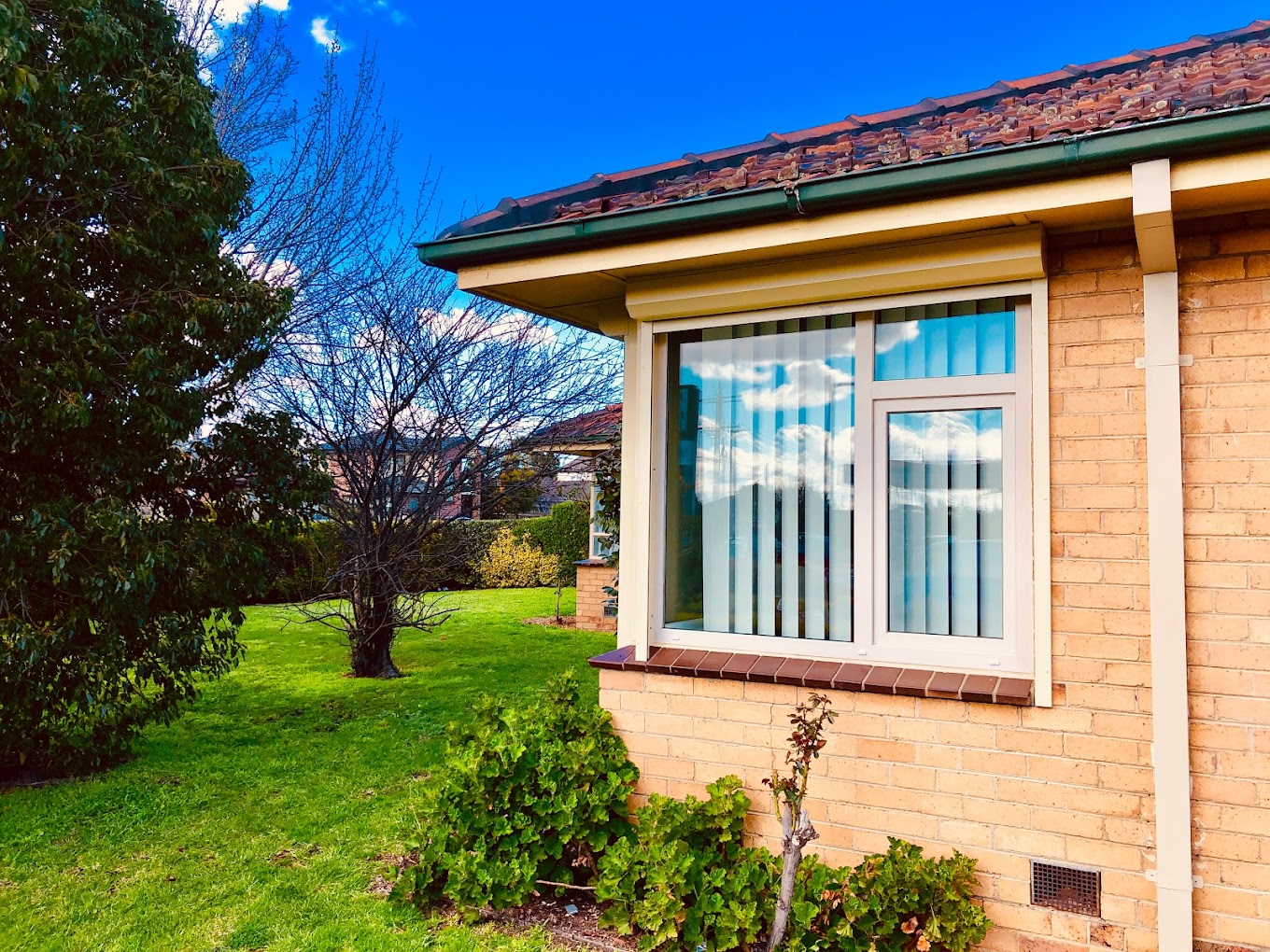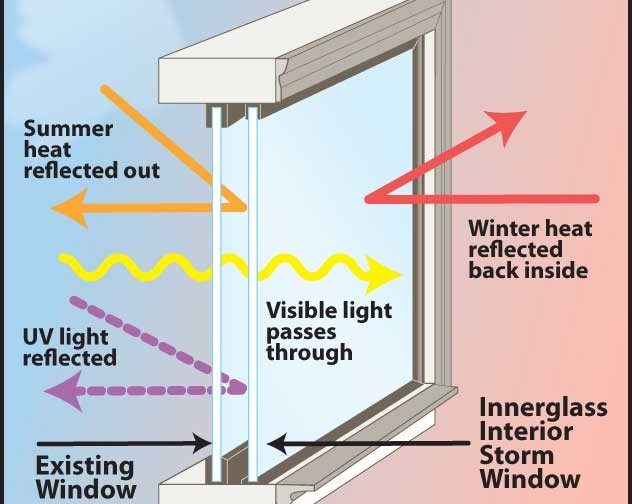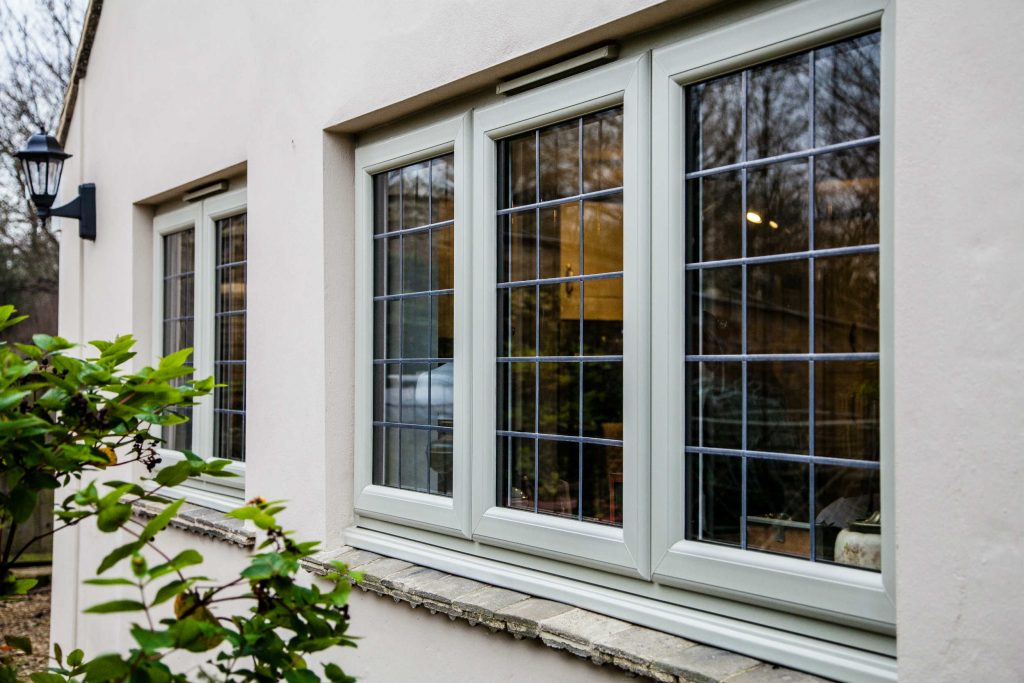All Categories
Featured
Table of Contents
What Are The Advantages Of Double Glazed Windows? in Connolly WA
Laminated glass is typically used in locations in the house most susceptible to injury from human impact such as restrooms, doors, around staircases and in locations close to the floor (it fulfills the requirements of 'safety glass' that is mandated for use in these locations by Australian Standard AS 1288 Glass in buildings).
Toughened glass has actually been 'tempered' by being reheated and quickly cooled once again. This process makes it much stronger than standard glass it can resist higher impact loads before breaking. It likewise makes it much safer because, when it does shatter, it breaks into many small cubic pieces rather than hazardous shards.
Sustainability in Coolbinia Perth
Toughened glass has no thermal or acoustic advantages over other glass of the same toning or thickness. Secondary glazing is where single-glazed windows are retrofitted with a transparent acrylic or glass sheet connected to the within the frame or openable sash with a secondary frame or with magnetic strips.


Secondary glazing will not carry out too thermally as a made IGU, considering that it is impossible to absolutely seal the border, but it can supply excellent noise control. Window films are a thin polymer movie including a taking in dye or reflective metal layer, with an adhesive support. They adhere to your glazing to alter its colour or make it reflective.
Double Glazing - Windows - Doors in North Perth Western Australia
Applied to existing glass, some window films can halve the total SHGC of the window by absorbing and/or showing solar radiation. This can be especially helpful in hotter environments where cooling is the main issue, or on east and west elevations straight exposed to long periods of sunlight. Nevertheless, window films may also minimize noticeable light transmittance.

For this reason, it is typically best to utilize a certified installer of window film. Frames have a significant influence on the thermal efficiency of windows and doors, since energy can be gained and lost through the frame, along with through the glass. Various types of frame will allow various levels of heat gain and loss, so careful choice of frame is essential for effective passive design.
Glass Selector - Custom Single & Double Glazed ... in East Perth WA
Nevertheless, aluminium is likewise a great conductor of heat and will decrease the insulating worth of a glazing system, unless specifically engineered to reduce this. A 'thermally broken' frame is made up of 2 aluminium areas linked by a structural insulator (normally a low-conductivity structural polymer). This 'breaks' the thermal connection through the aluminium and minimizes the heat flowing through the frame.
Timber frames are an excellent natural insulator that can fit some home designs. Timber frames must be made from species that have naturally high resilience or be dealt with to avoid decay and contortion.
Solace Creations: Home in Medina WA
(weather condition stripping) is set up.
u, PVC windows and doors have outstanding thermal performance Picture: Ben Wrigley (Light Home Architecture and Science) Composite frames utilize aluminium profiles on the outer sections with either a timber or u, PVC inner section. These combine the low upkeep and durability of aluminium with much improved thermal performance.
Table of Contents
Latest Posts
A Complete Guide To Double Glazed Windows in Wexcombe Western Australia
Which Type Of Glass Is Best For Energy Efficiency? - A&l Windows in Boya Perth
Insulated Glass Unit – Igu in Joondanna Perth
More
Latest Posts
A Complete Guide To Double Glazed Windows in Wexcombe Western Australia
Which Type Of Glass Is Best For Energy Efficiency? - A&l Windows in Boya Perth
Insulated Glass Unit – Igu in Joondanna Perth